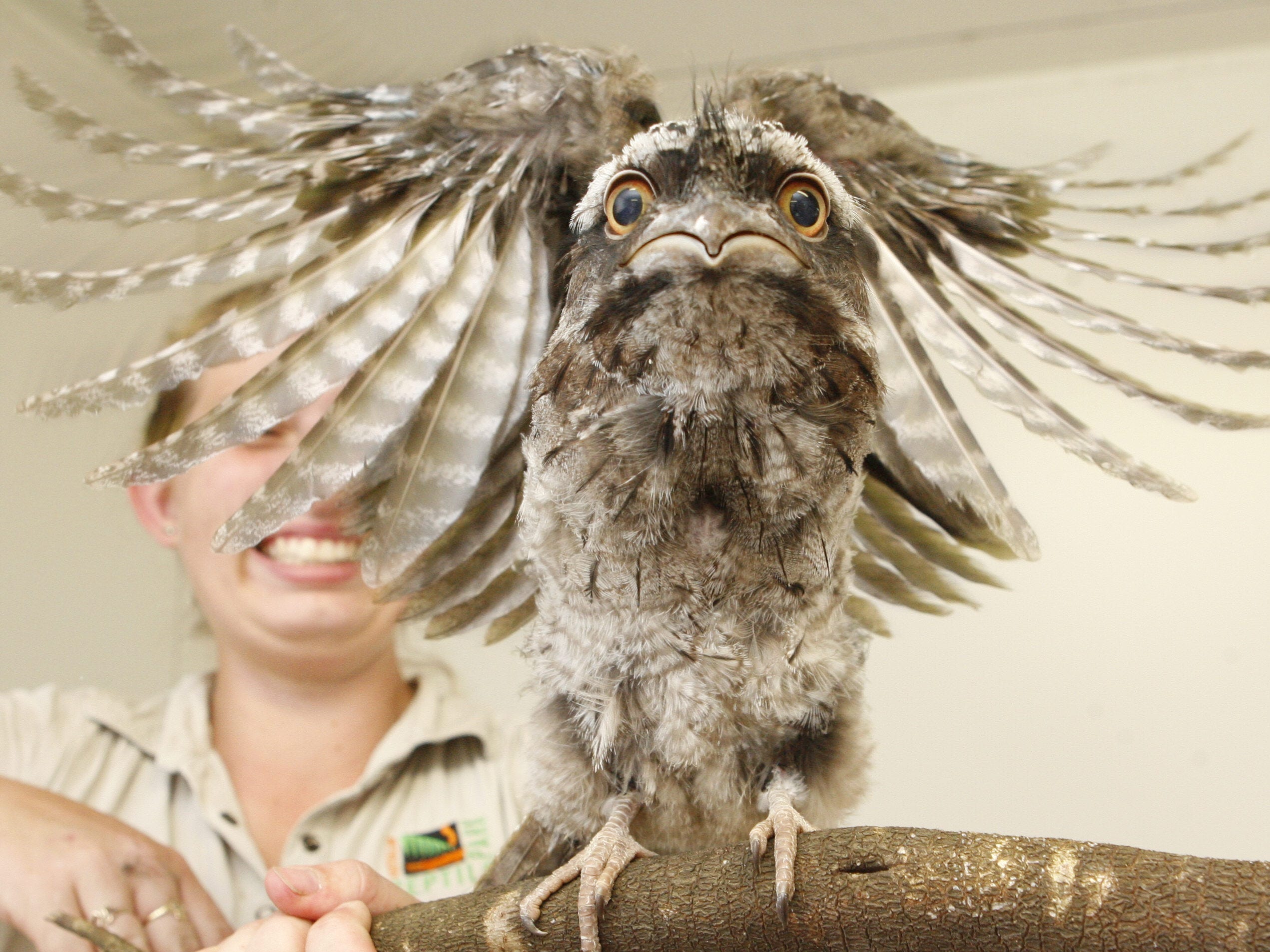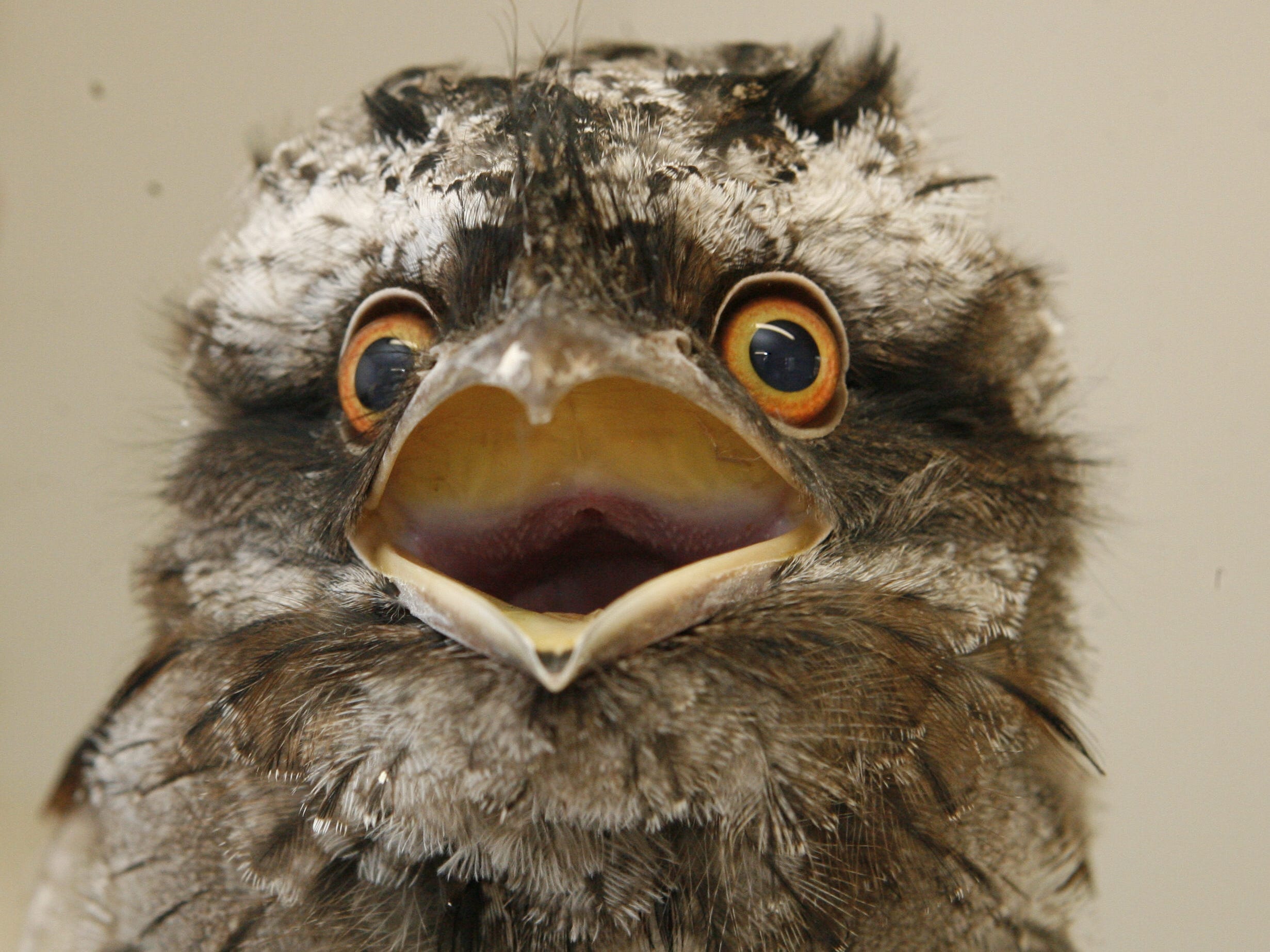
Photo by Joshua Prieto/SOPA Images/LightRocket via Getty Images
- Two German scientists set out to answer a simple question: What makes a good bird photo?
- They examined thousands of Instagram photos and users' "like" behavior to find the champion.
- In the end, a nocturnal fowl native to Australia and Southeast Asia came out on top.
- See more stories on Insider's business page.
They say beauty is in the eye of the beholder, and in the tawny frogmouth's case, the creature's wide, emotive eyes helped secure it the title of the most photogenic species of its class.
Two German scientists – one, a photography aestheticist, and the other, an avid bird aficionado – set out to use empirical evidence to answer a seemingly subjective question: "What makes a great bird photo?"
In a study released last week, Dr. Katja Thömmes and Dr. Gregor Hayn-Leichsenring, both postdoctoral researchers at the University Hospital Jena in Germany, examined more than 20,000 photos of birds across nine Instagram accounts with a total following of more than 3 million users in search of their answer.
Some of the results were surprising.
For example, researchers found that a photograph's "aesthetic appeal" was frequently unrelated to how "beautiful" the picture is in a traditional sense of the word. Certain colors on a bird, including blue and red, may garner more "likes" from Instagram users, but the "interestingness, idiosyncrasy, and…situational context" of a feathered fowl plays a larger role in accumulating social media approval.
In other words, the weirder the bird looks, the more likely people will be to respond positively to the photograph. And Instagram users' appreciation for the unusual birds is likely responsible for the study's overall victor: the frogmouth.

Photo by Gary Graham/Newspix/Getty Images
Often confused for an owl, the nocturnal frogmouth boasts long wings, short legs, a hooked beak, and front-facing eyes. The birds are most commonly found in their native Australia and Southeast Asia.
While most birds' eyes are positioned on the sides of their head, the frogmouth's forward-facing eyes make the creatures appear more "personable" and "humanlike," Tim Snyder, the curator of birds at the Brookfield Zoo in Chicago told The New York Times.
"They always look perpetually angry," Snyder told the outlet. "The look on their face just looks like they're always frustrated or angry with you when they're looking at you...it's kind of funny."
Thömmes told The Times she didn't expect the frogmouth to take the number one spot. Out of more than 27,000 images examined by the duo, the frogmouth was only in 65, she said.
"The frogmouth brings that factor of surprise as it just does not look like any other bird, with its almost anthropomorphic, facial features," Thömmes told The Times. "I must admit that I have grown quite fond of this peculiar nocturnal bird myself."

Photo by Gary Graham/Newspix/Getty Images
To conduct their experiment, the scientists used a method Thömmes developed called the Image Aesthetic Appeal, or IAA.
Thömmes provided an in-depth explanation of how the method works to The Times: "[The number of likes on an Instagram photo] alone doesn't have much meaning to it, especially if we want to compare it to another photo," she said. But once the scientists control for "reach and time," "we can for example, state that Photo X received 25 percent more likes than the exposure to the audience alone can explain."
Other popular birds on Instagram include the pigeon, the turaco, the hoopoe, and the fairywren, according to the study.